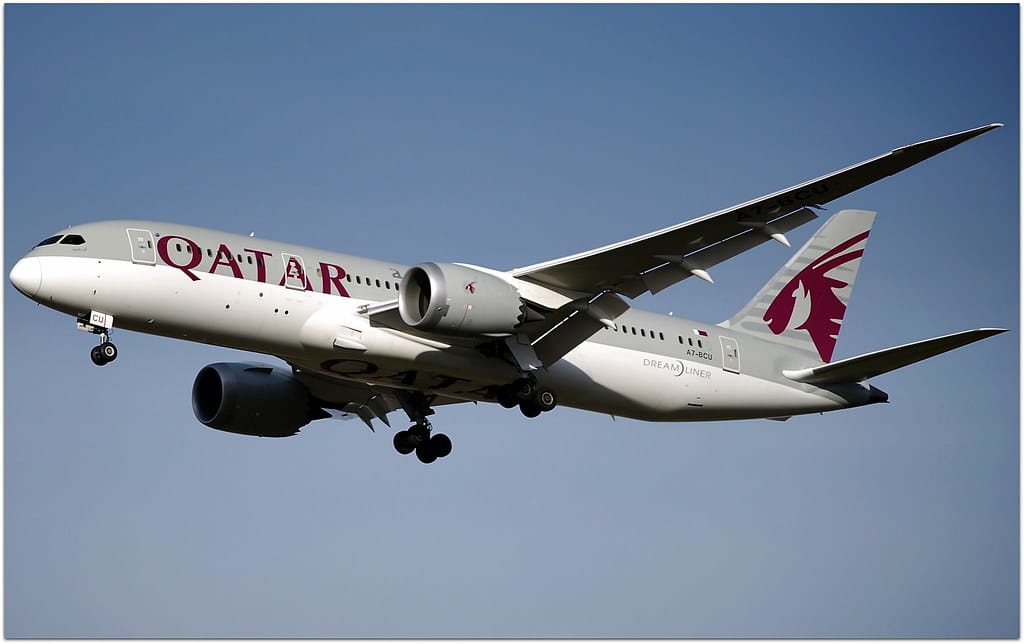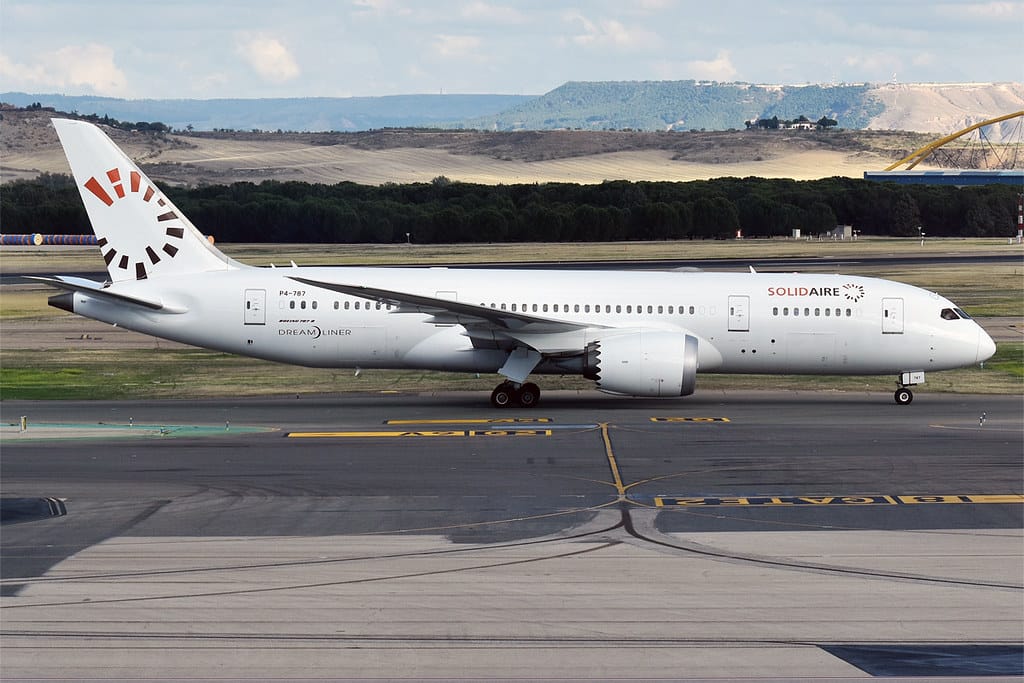Boeing 787 Crash Simulation Reveals Critical Technical Vulnerability That Could Affect Hundreds of Aircraft
A groundbreaking crash simulation study has exposed a potentially dangerous technical flaw in Boeing's 787 Dreamliner that could compromise passenger safety under specific emergency conditions. The research, conducted by aviation safety experts, demonstrates how a previously overlooked design vulnerability could prevent pilots from maintaining control during certain in-flight emergencies, raising urgent questions about the aircraft's safety protocols and certification processes.
The Simulation That Changed Everything
The comprehensive computer simulation recreated various emergency scenarios involving Boeing 787 aircraft, focusing on the interaction between the plane's advanced flight control systems and pilot responses during critical situations. What researchers discovered was alarming: under specific conditions involving simultaneous system failures, the aircraft's automated systems could potentially work against pilot commands, creating a dangerous feedback loop.
The simulation revealed that when certain combinations of electrical failures occur alongside hydraulic system malfunctions, the 787's fly-by-wire system may not respond appropriately to pilot inputs. This technical flaw could leave pilots struggling to maintain control precisely when they need it most – during emergency landings or severe weather encounters.
Understanding the Technical Vulnerability
The Boeing 787 Dreamliner relies heavily on computerized flight control systems that interpret pilot commands and automatically adjust flight surfaces to maintain optimal performance. However, the simulation exposed a critical gap in the system's emergency protocols.
Key findings include:
- The flaw affects approximately 300 Boeing 787 aircraft currently in service worldwide
- The vulnerability emerges specifically during compound system failures
- Current pilot training may not adequately prepare crews for this scenario
- The issue was not detected during initial certification testing
Aviation safety expert Dr. Sarah Chen, who contributed to the simulation study, explains: "This isn't about a single system failing – it's about how multiple systems interact when they're all under stress. The 787's advanced automation, which is normally a safety asset, can become a liability when these specific conditions align."
Industry Response and Regulatory Scrutiny
The Federal Aviation Administration (FAA) has acknowledged the simulation findings and initiated a comprehensive review of the 787's flight control certification. Boeing has also responded by announcing plans to develop a software update addressing the identified vulnerability.
However, the discovery has intensified scrutiny of modern aircraft certification processes. Critics argue that the increasing complexity of computerized flight systems requires more sophisticated testing scenarios than traditional certification methods provide.
Timeline of responses:
- Week 1: Initial simulation results shared with regulators
- Week 2: FAA launches formal investigation
- Week 3: Boeing announces software development initiative
- Ongoing: Airlines briefed on interim operational procedures
Implications for Air Travel Safety
While no actual incidents have been directly attributed to this specific flaw, the simulation results highlight broader concerns about the reliability of highly automated aircraft systems. The 787 Dreamliner, which entered service in 2011, has been praised for its fuel efficiency and passenger comfort, but has faced various technical challenges throughout its operational history.
Airlines operating 787 fleets have been advised to implement additional pilot training focused on manual flight control techniques and compound emergency scenarios. Some carriers have already begun incorporating these enhanced procedures into their training programs.
The Path Forward
The aviation industry now faces the challenge of addressing this technical vulnerability while maintaining confidence in one of the world's most advanced commercial aircraft. Boeing's proposed software solution aims to modify the flight control system's emergency response protocols, ensuring that pilot commands take precedence during critical situations.
Proposed solutions include:
- Enhanced pilot training programs
- Software updates for existing aircraft
- Revised emergency procedures
- Improved system redundancy protocols
The FAA has indicated that any required modifications must be completed within 18 months, though the agency emphasizes that current 787 operations remain safe when following established procedures.
Conclusion
This simulation study serves as a crucial reminder that even the most advanced aircraft systems require continuous evaluation and improvement. While the identified technical flaw represents a serious concern, the aviation industry's rapid response demonstrates the effectiveness of modern safety oversight systems.
The key takeaway for travelers is that commercial aviation remains statistically the safest form of transportation, with multiple layers of protection built into every flight. However, this discovery underscores the importance of ongoing vigilance in identifying and addressing potential safety vulnerabilities before they can impact real-world operations.
As the industry works to implement necessary fixes, passengers can take comfort in knowing that aviation safety continues to evolve through rigorous testing, simulation, and continuous improvement processes.

